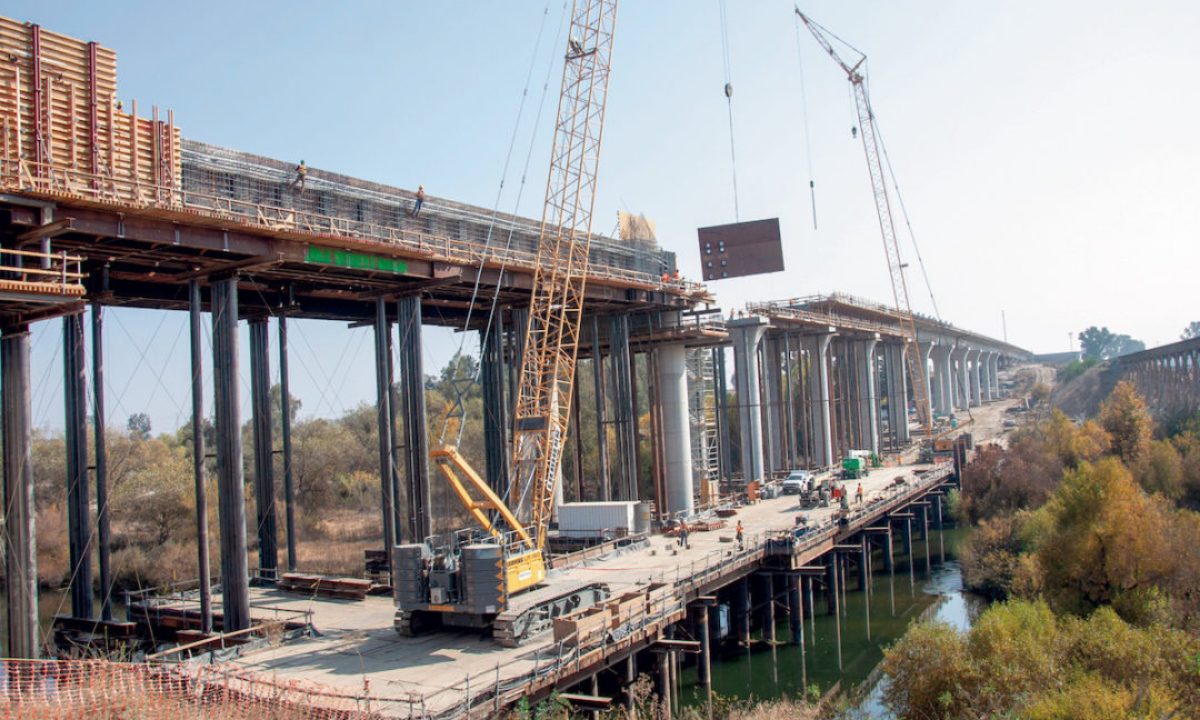Written by Vincent Cain
In Gavin Newsom’s latest budget proposal, he has doubled down on billions of dollars in controversial funding for the San Joaquin Valley segment of the high-speed rail project. This proposal will also boost the state’s initiative to substitute gas-powered vehicles with zero-emission.
These figures are part of Governor Newsom’s $286.4-billion proposal that was released earlier in the week – with a total of $9.1 billion going towards transportation infrastructure. The Governor claims that it is part of the state’s effort to decrease California’s largest source of greenhouse gas emissions.
The proposed $4.2 billion in high-speed rail funding has been embroiled in controversy lately. It is the final portion of $9.9 billion in bond funds for the high-speed rail, which voters approved back in 2008 in Proposition 1A on the premise that they would have a bullet train linking Los Angeles and San Francisco. Newsom has instead decided to use the $4.2 billion to finish a 119-mile segment in Fresno, Kern, Madera, and Kings counties. Some Democrats are saying the funding should be directed at urban centers in Southern California and the Bay area and not for the less-populated areas of Central Valley. “Let’s get the job done. Let’s finish the Central Valley component. The voters set aside the money for this purpose, I want to get those dollars out from Prop 1A and finish that job. Doing it in a fast and judicious way,” Newsom said Thursday during a news conference.
Director of the climate program at UC Berkeley’s Center for Law, Energy & the Environment, Ethan Elkind, said the controversy about the funding comes down to a battle between the Newsom and Southern California legislators who “want to see a permanently neutered system and essentially a failed project.”
“They basically don’t have any confidence that the system is going to get finished. With Newsom, his vision is that the project can get done if you don’t kneecap it now,” Elkind said.
Photo Cred: Associated Construction Publications




